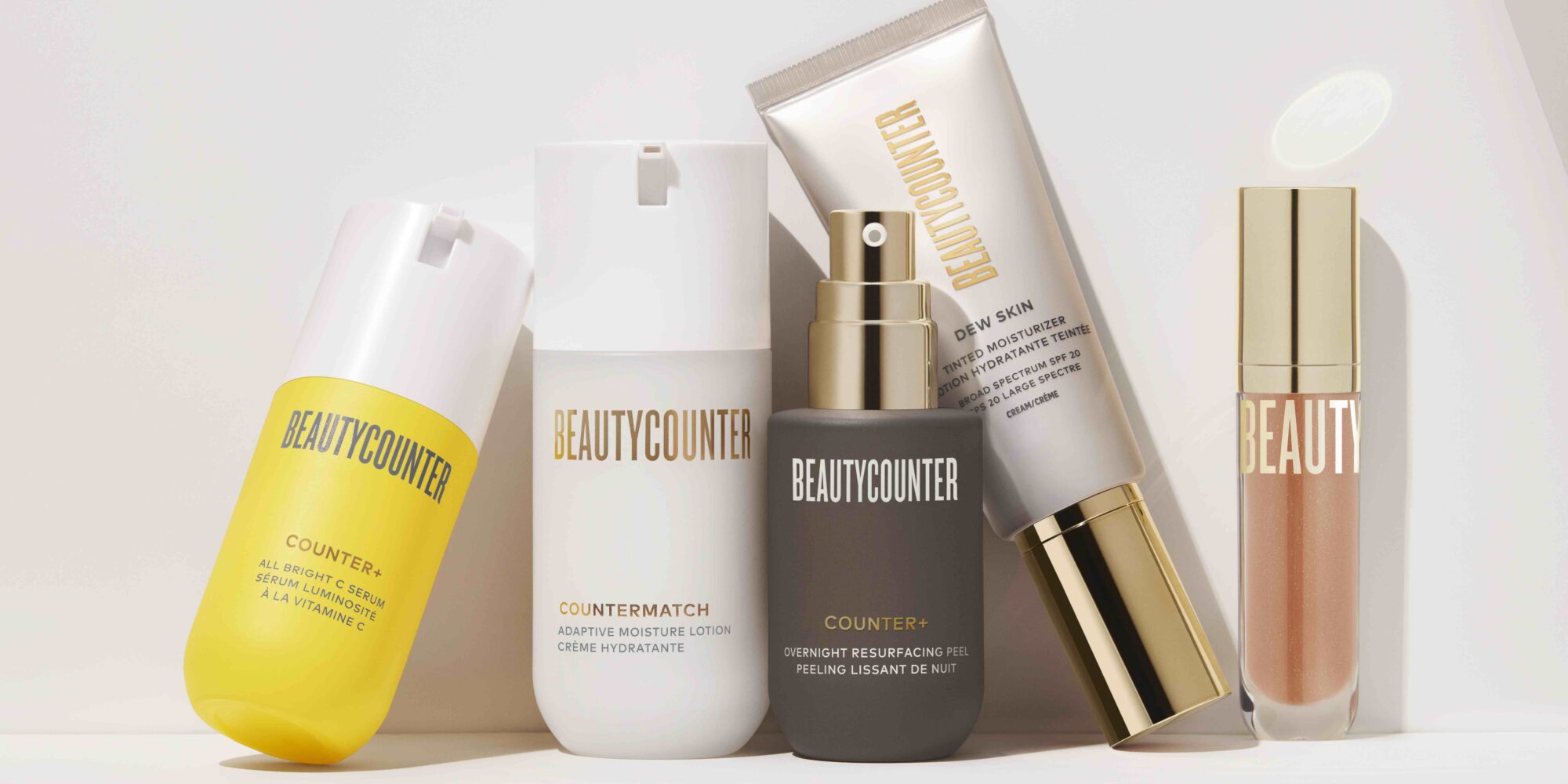
Beautycounter’s SVP Of Mission Lindsay Dahl Takes On Clean Beauty’s Critics
Beautycounter is a clear example of clean beauty’s success. Founded in 2013, the cosmetics company that pronounces its purpose is to get safer products in the hands of everyone recently received a majority investment from The Carlyle Group that valued it at over $1 billion. Women’s Wear Daily estimates its 2020 sales grew 20% to reach $500 million. But the rise of clean beauty—and, with it, Beautycounter—has come with an increasingly vocal set of detractors among cosmetic chemists, editors, influencers and beauty brand founders, including Caroline Hirons, Michelle Wong, Charlotte Palermino and Jen Novakovich, who argue clean beauty brands are excising time-tested ingredients beneficial to beauty formulas and spreading falsehoods. In light of their takedowns, a Harper’s Bazaar article published last month asked, “Do we need to dismantle the cult of clean beauty?”
Lindsay Dahl, SVP of mission at Beautycounter, has a lot to say about the conversation on clean beauty that’s been occurring primarily in social media. She’s not afraid to acknowledge the clean beauty movement has faults—there’s undoubtedly fearmongering going on—but stands up for the principles it’s based on and, in particular, Beautycounter’s push to change the beauty industry. The company has been a big proponent of the Personal Care Products Safety Act, which would fortify cosmetics regulation in the United States that’s been calcified since 1938 by requiring beauty companies to share ingredient information with the U.S. Food and Drug Administration, give the FDA authority to recall harmful beauty products, and increase funding for the oversight of cosmetics. In an interview with Beauty Independent, Dahl addressed the criticisms leveled against clean beauty and provided an update on the chances that federal legislation strengthening the FDA will pass.
The term “clean beauty” has been criticized for not having a definition. What do you make of that criticism?
It’s interesting that people are critiquing the lack of a definition for clean beauty when other commonly used marketing terms in the beauty industry have historically also not been defined. So, whether that be “natural beauty,” “clean,” “organic” and even some of the other beauty terms, whether it’s “clinically tested,” “pharmaceutical-grade,” “dermatologist tested,” those also are very loosely defined, and I think it shows an overarching problem with the beauty industry, which is a lot of terms in the beauty industry are not defined. So, to cherry-pick one, I think it’s just because it’s the new hot term.
One thing that we’ve always prided ourselves at Beautycounter is, since we launched in 2013, we’ve been using our power of the business to specifically lobby Congress to get legally defined terms. It’s part of the reason we endorsed the Natural Cosmetics Act, which is the first bill that would create a legal definition of what natural claims can be used on beauty products. I think that it’s a little unfair to simply say, “‘Clean beauty’ is not defined. Therefore, it’s all hogwash,” when there’s a lot of different terms used in the beauty industry that are also undefined.
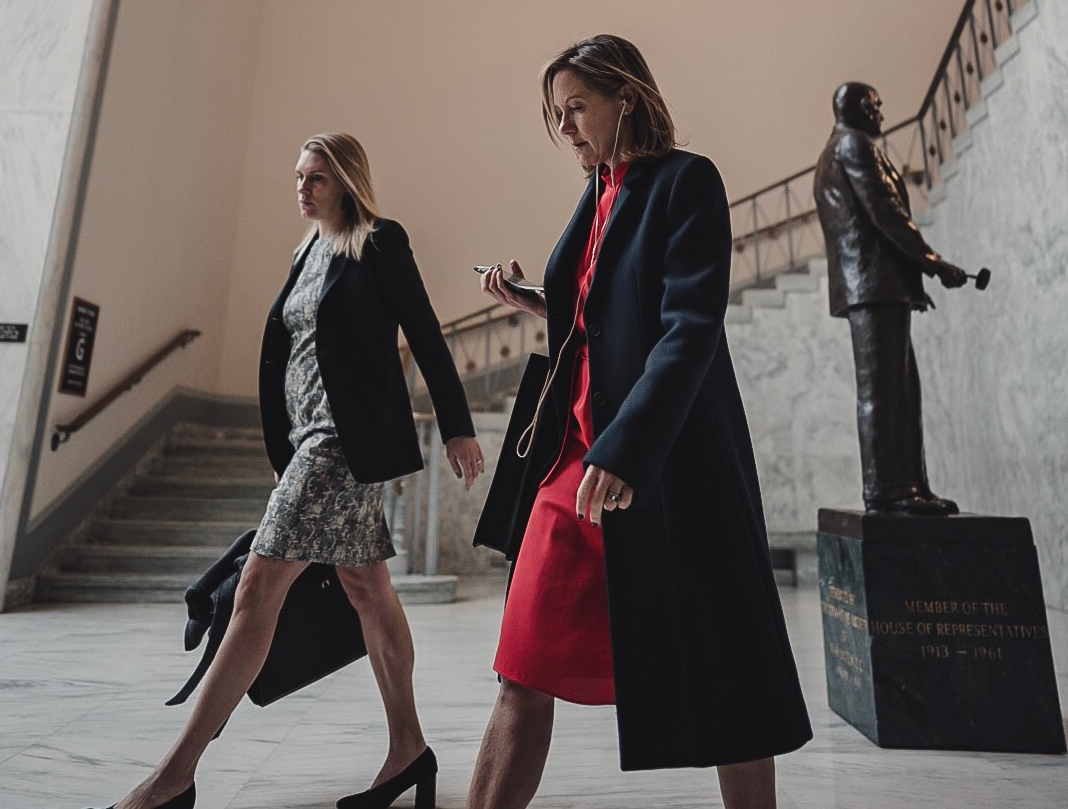
How do you define “clean beauty”?
“Clean beauty” is incredibly important for us to define at Beautycounter, which is why we have it outlined in painstaking detail on our website. We have Beautycounter’s Blueprint for Clean, which is 12 pillars that help us define what “clean” means. The shorthand for how we define “clean” at Beautycounter is that it’s more than just banning ingredients. Banning ingredients doesn’t really tell me much about your product. So, we feel what’s really important is, No. 1, our unparalleled safety screening program, No. 2, our commitment to sustainability, especially through our packaging and, No. 3, responsible sourcing, making sure that people along our supply chain are safe as well.
So, responsible sourcing, sustainable packaging and safer ingredients is really how we define “clean” at Beautycounter. It’s a holistic approach to helping move an industry towards a place that creates products that are safer for people and, ultimately, better for the environment.
Do you believe the term “clean beauty” should be retained?
I don’t see a problem with “clean beauty” as a marketing term. It’s aiming to describe something that’s different than “natural beauty,” which is why we have a different term. Originally, when we first launched as a company, we would say, “Here’s what we believe in,” and people were like, “Oh, you’re a natural beauty company,” and we would say, “No, because natural doesn’t always mean safe, and there can be really safe synthetic ingredients.” At the time, we had a whole bunch of consumers that were like, “Ugh, shame on you for not being all-natural.” So, I don’t see an issue with the term “clean beauty,” but, as the beauty industry has shown us, marketing terms evolve, and that’s fine. It’s up to the companies and the Congress to help define it clearly for the consumer.
Another criticism of clean beauty brands and retailers that operate in the U.S. is that they have extensive no-no lists that include ingredients that wouldn’t be used in cosmetics anyway.
First, it’s totally appropriate for businesses to have what’s called a restricted substance list. Some call it a no-no list or we call it our Never List, but, internally, it’s called a restricted substance list. Companies across industries have RSLs, and it is standard for businesses to have the restricted list of other authoritative bodies, whether that be European Union, China or Japan, on your internal restricted substance list, because, as a business, you’re trying to comply with all these different international regulations. The critique actually just fundamentally misunderstands the way that businesses operate when they’re trying to restrict ingredients.
Second, just because the European Union does have some ingredients on their banned list that aren’t actually used in beauty products doesn’t mean that the European system is complete garbage. We’ve always said that we need a different system here in the United States. With that being said, the European Union has restricted far more ingredients that have been linked to harm than the United States. The European Union and Canada are far ahead of the United States when it comes to restricting unsafe chemicals from consumer products, specifically beauty products.
I have the benefit of lobbying on Capitol Hill, sitting in on all these legislative hearings. So, the experts in our government, including both Democrats and Republicans, see that we have a long way to go, and we need to update our federal laws to better protect consumers from chemicals used in consumer products. You’ve got a small vocal group of people on the internet that are saying, “Oh, this is all BS.” Yet, you’ve got leaders on Capitol Hill from both parties that are saying, “No, it’s really time for us to bring our regulatory framework up to speed because the United States is far behind.”
Yet another criticism of clean beauty is that it’s prone to fearmongering and misinformation. Does that worry you?
Beautycounter is a science-based company, and we always spend a lot of time explaining the science to consumers because it can never be a simple marketing moment. If you talk to any content creator that knows us, they say, “You have got way too much stuff on your website. These paragraphs are much too long.” We do that and we have since day one because we felt it’s really important to accurately convey the science to consumers. We hope that other brands are just as good stewards of the science.
Some of the misinformation we see that people are calling into question are things that Beautycounter raised our hand about back in 2013. We have long posts on our website saying, “Just because you can’t pronounce an ingredient doesn’t mean it’s unsafe. Just because the ingredient list is long doesn’t mean the product is unsafe.” We have been doing myth busting around these themes that consumers are really translating from the food industry and applying to beauty. We’ve always said, “Just because there is a food rule for what you put in your body, it doesn’t mean it translates to the science of cosmetic safety.”
We’ve always seen that this is a complex topic, and there is a way to speak to it accurately and a way to speak to it inaccurately, and we try to do the best we can to really arm consumers with accurate information. That includes that we’re never going to make a claim to be lead-free, and we explain to consumers why or how preservatives aren’t toxic. In fact, they’re super important to make sure your products don’t grow moldy through bacteria. We have had a lot of communication over the last eight years that has tried to make an informed conversation in the public sphere.
On fearmongering, there is two things. Fearmongering is inappropriate. People shouldn’t do it. Fearmongering also isn’t new for the beauty industry. I mean the beauty industry is built on fear, the fear of getting old, the fear of wrinkles. There’s all these things that are kind of baked into the DNA of the industry and part of what makes working at Beautycounter so fun is that most of us don’t have any background in the beauty industry. So, when we take our approach to how are we going to provide solutions for people that use safer ingredients to make sure you don’t have dry skin, we want to make sure that we’re doing it in a way that is showing people where the science is without scaring them, and I think we’ve threaded that needle pretty well.
We do see some other players and particular consumers who use fear-type messaging, and that’s never been our approach. So, while fearmongering is something we do see, it’s not new to the beauty industry, and it’s something we always aim not to do. Our company is built on a body of forty years of science, the best science that shows there are harmful ingredients used in personal care products, and we have the opportunity to make products that are safer. I think sometimes the science can be a little scary and that should call us to do better. We don’t want anyone to be paralyzed by fear or to make what feels like an irrational decision based on something that’s not based in science.
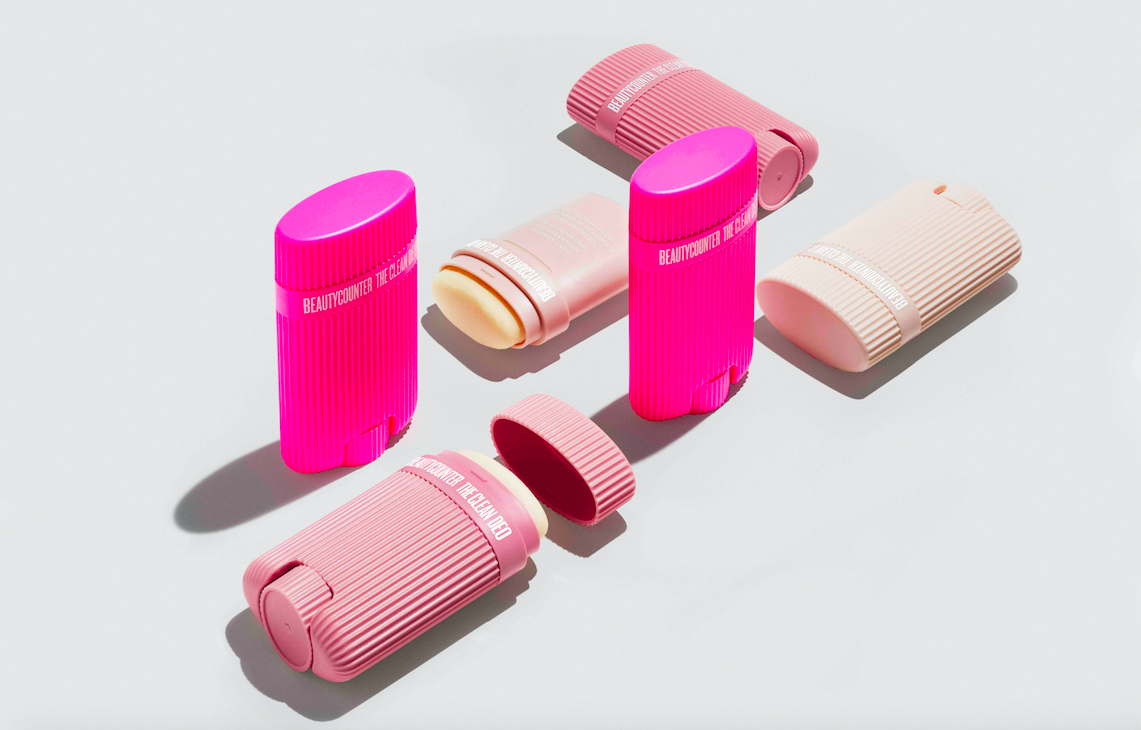
What do you think the beauty industry should be tackling next to make products safer?
I have a long list, but ‘ll give you two to keep it simple. The first of which is the thing that no one’s talking about in the beauty industry, but we’ve been very outspoken on: heavy metals in color cosmetics. There’s been a conversation around lead in lipstick, but we still have not seen a widespread testing of every batch of color cosmetics for heavy metals before they go to market. We’ve always said that, if you’re creating a color product, it doesn’t matter if you use natural or synthetic ingredients—we use both—there is a risk of heavy metal contamination. We will never claim to be heavy metal-free. You know, heavy metals end up in sweet potatoes. They’re naturally occurring. With that being said, the beauty industry can really go a long way to use testing to find better sources of these colors to make cosmetics safer for people.
The second is responsible sourcing. Child labor in the mica industry has been reported on for years. We looked at the landscape and felt like no one in the beauty industry was really in earnest doing much to try to change that. So, last year, we became the first beauty brand to have physically visited every mine where our mica is sourced. Auditing is just the first step. What we’re really trying to do is to work hand in hand with other beauty brands, clean or otherwise, to help get to the bottom of our supply chains to make sure that, when we’re thinking about safety, it’s not just for the person who’s using the product in their bathroom in the morning, it’s also for the safety of the people that are mining or farming the ingredients used in those products.
What do you think the chances are for federal legislation?
I think chances are very high. Big reforms like this typically take 10 years, that’s the rule of thumb we use in Washington. We’re 7 years into it. We saw the first vote that passed with bipartisan support in the last Congress, and we’ve got leaders on Capitol Hill from both parties that are eager to take this on. So, I feel like we’re at the critical turning point where, within the next two to three years, I think we’re going to see some good bipartisan legislation get across the finish line.
Are there other policies that should be enacted?
We’ve been working actively at the state level because states can move quicker than the federal government, specifically on some individual chemicals in consumer products. We helped pass some legislation in California that would protect professional salon workers and give them more transparency around the ingredients they’re exposed to every day. Until that law passed, they didn’t have any access to what those ingredient lists were in the same way that we as consumers get access to ingredient lists.
What do you think consumers should conclude from the clean beauty debate going on?
I think consumers should see this as a healthy debate about what role science plays in our consumer products and, specifically, which science? So, are we looking at outdated science? Or are we looking at kind of cutting-edge research that calls us to be better? I don’t think consumers would necessarily draw this parallel, but I’ve worked in the chemical and consumer safety space for 15 years. The debates a very few people are having online are actually the exact same talking points in the debates that the chemical industry has used for years.
So, dating back to 2004, 2005 when I first started working on these issues, the chemical industry we’re the ones showing up to legislative hearings or in Washington D.C., saying, “The dose makes the poison, these are small amounts, stop scaring people.” It’s all the exact same talking points that actually have origins in the chemical industry. Now, the chemical industry, their dirty work is being done online, which I think is interesting, and probably they are pretty happy about. It used to be that they would create front groups and fake websites to try to help counter this really large, credible body of science. Now, it’s different because social media has kind of democratized things. I think everyone wants everything to be black and white, but, for us, everything is in the gray because science is gray. So, we do the best we can.
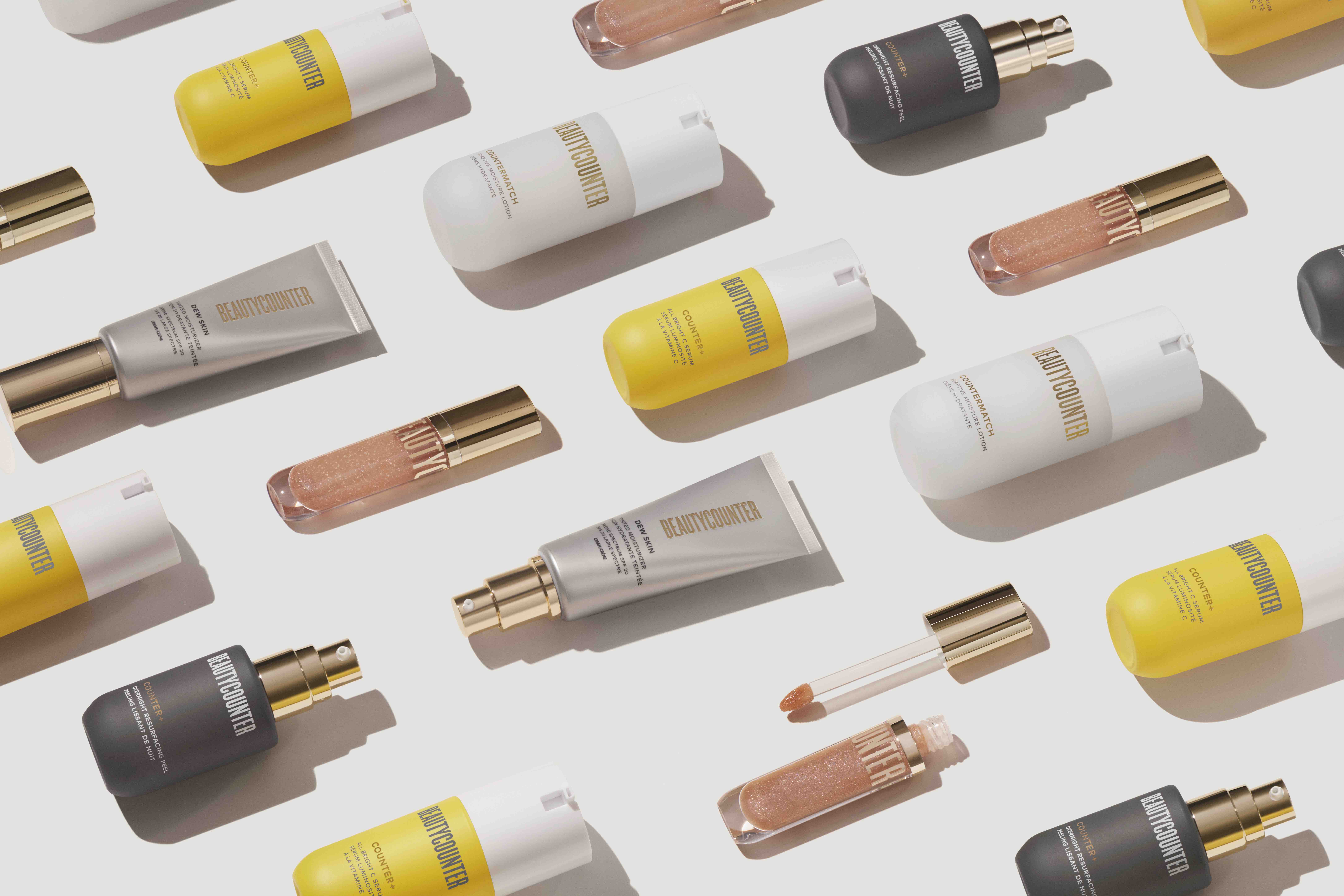
Where do you think clean beauty is headed?
I think the beauty industry is going through a moment of fundamental transformation, whether that is around the safety of ingredients, how we package our products or the audiences we’re trying to meet. And I see the future of the clean beauty industry as being the new main staple for consumers across the country. What I mean by that is that, whether you’re a large incumbent or you’re a small new indie brand, everyone is starting to ask harder questions about the safety of the ingredients they’re using in their products. By getting companies to ask harder questions and think about people’s health and safety, we’re ultimately all going be in a better place.
This is not a fad. This is not a niche. This is an industry that is here to stay because the science is here to stay. When you look at some of the debates online, where people will say something like, “Oh, well the dose makes a poison. Just because there are these little amounts doesn’t mean it’s actually harmful,” what the science is telling us is sometimes the dose makes the poison, but oftentimes it doesn’t. I think just by saying little amounts of exposure don’t mean anything, it really overlooks critical populations, especially women of color, who are disproportionately impacted through multiple product exposures throughout their day.
As we look to our partners in the scientific community and the body of science that continues to grow, we’re going to continue to see more evidence that chemicals used in everyday products are linked to harm, which means that it’s not scary, but it’s an opportunity for us to make safer products. We think of it in the positive, not the negative way.

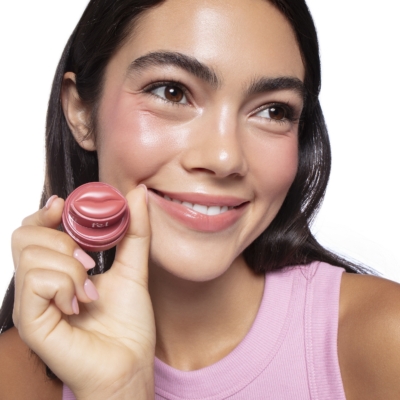
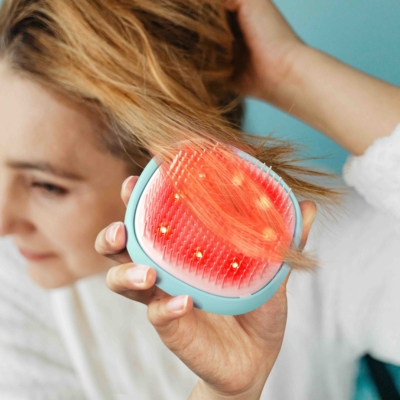
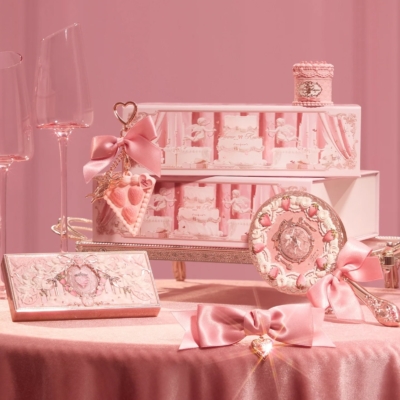
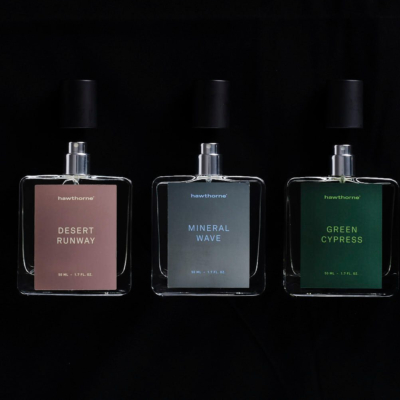
Leave a Reply
You must be logged in to post a comment.